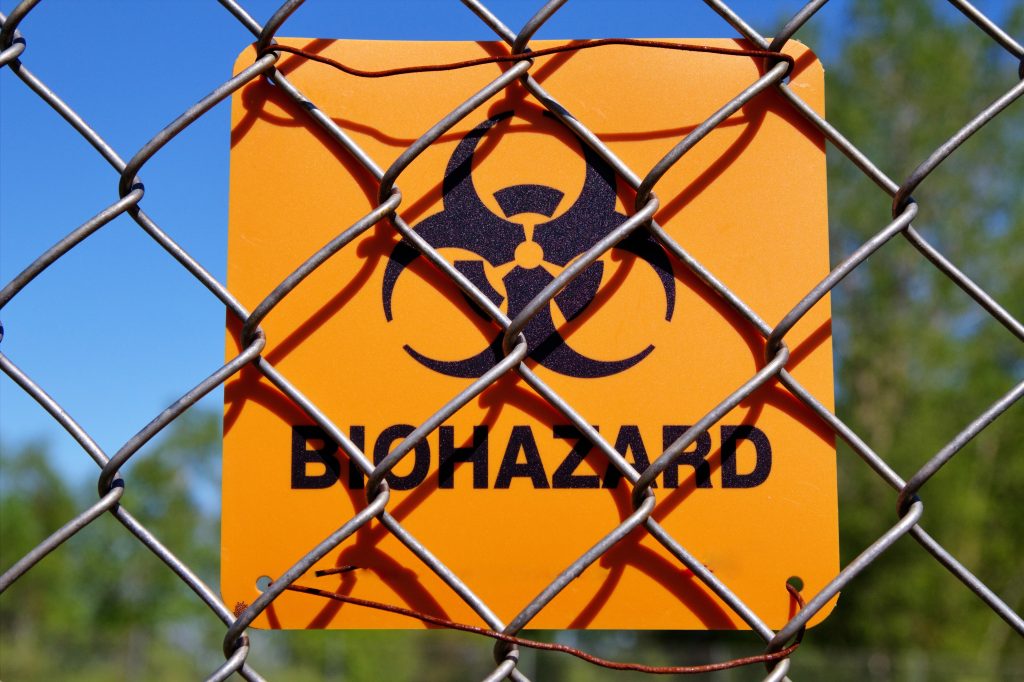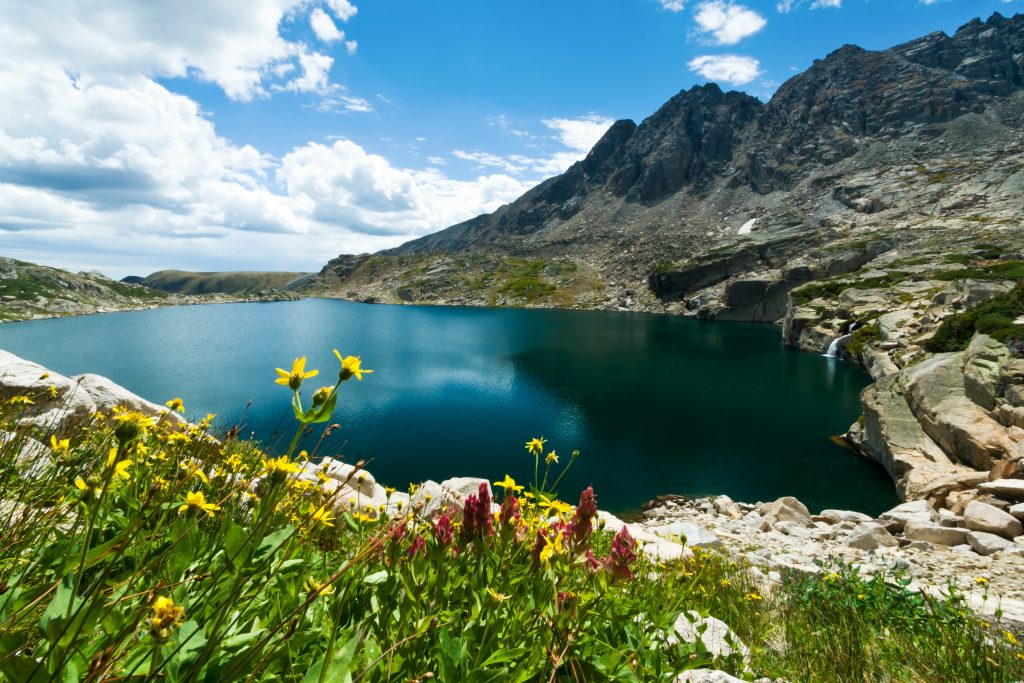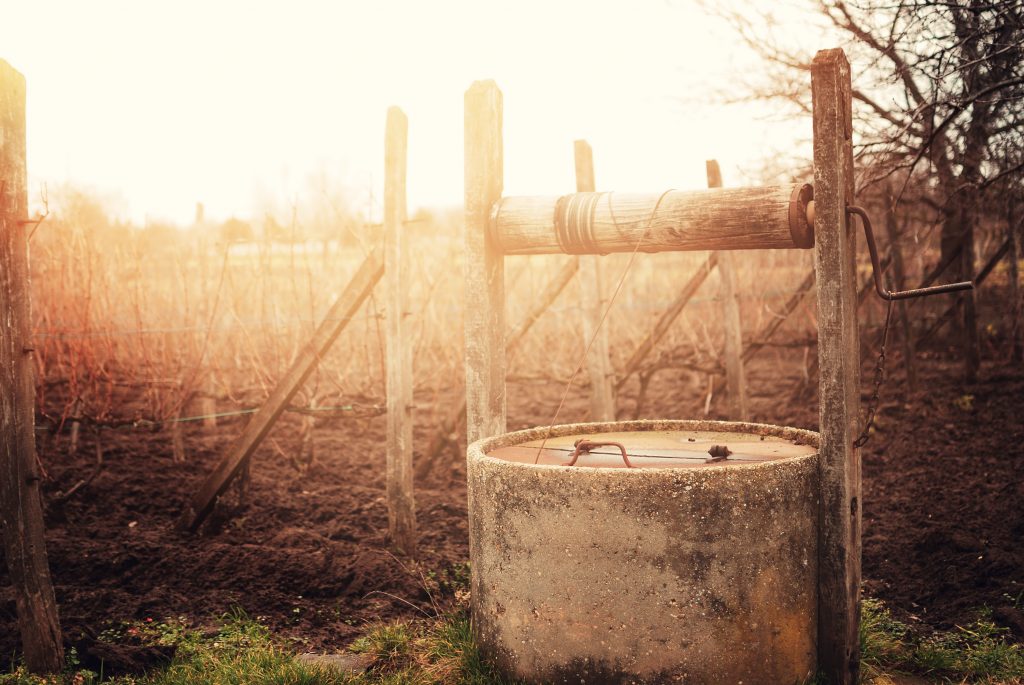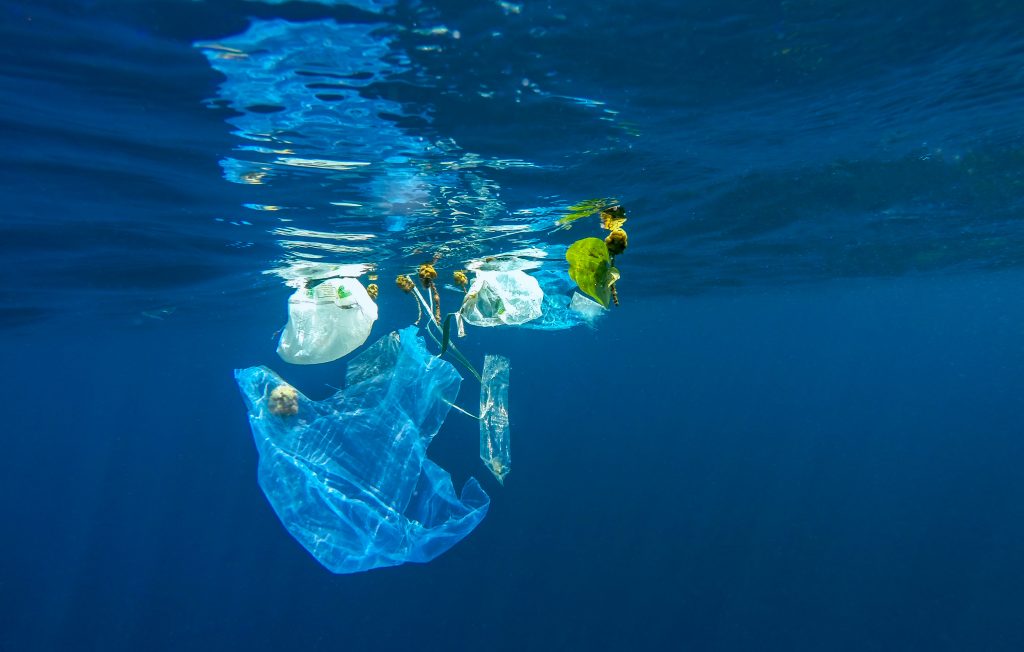It sounds obvious, but water is everywhere at the moment. From Guillermo del Toro’s The Shape of Water cleaning up during awards season; the reckless craze for so-called “Raw Water”; the fact that South Africa’s Cape Town is about to reach Day Zero when the water runs out, and closer to home, that America’s own water supply is barely out of the news these days.
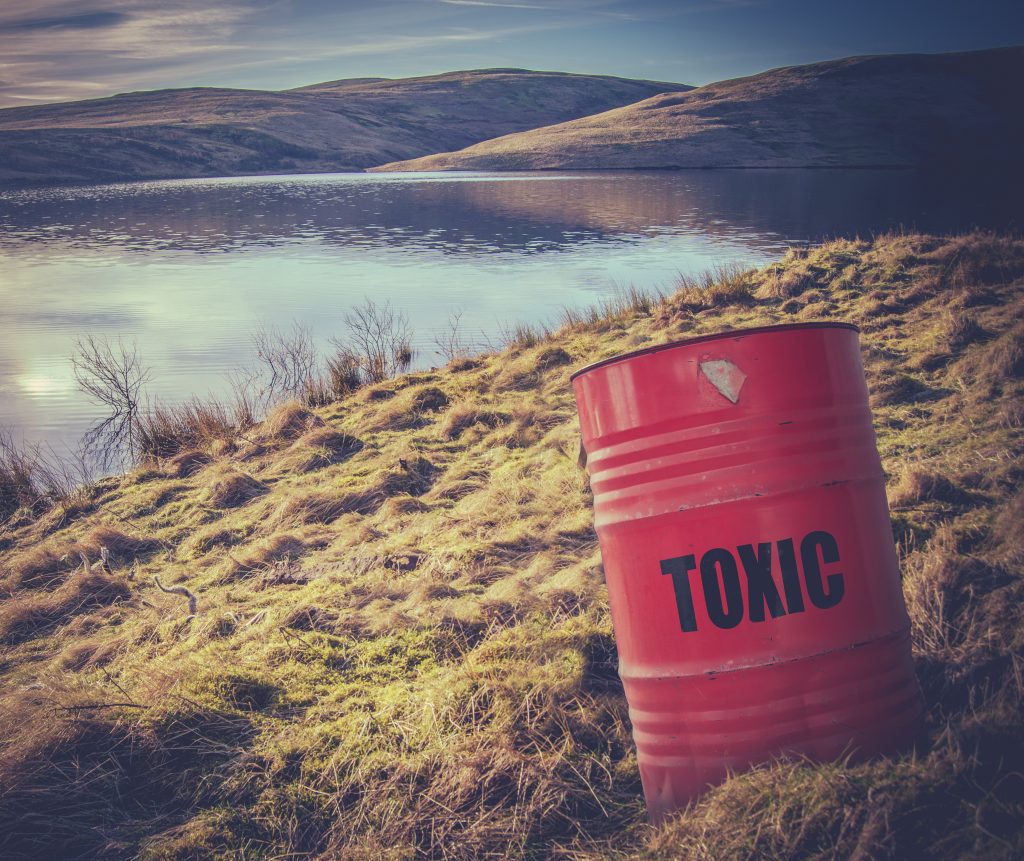
Water is making headlines every day.
What Do We Want From Water?
Water is big news. Of course it is, it’s a massive part of our lives. We depend on it for life itself and yet we’re all guilty of wasting it from time to time. So how did we become so complacent about …
Continue reading...
